Does 'Low-E' have to = tinted glass?
sarahandbray
11 years ago
Featured Answer
Comments (138)
Windows on Washington Ltd
2 years agoElvia Heredia
2 years agoRelated Professionals
Greenwich Window Contractors · Marshfield Window Contractors · Verona Window Contractors · Graham Window Contractors · Leicester Window Contractors · Sunrise Window Contractors · Vero Beach Window Contractors · Charleston Interior Designers & Decorators · Lakewood General Contractors · Medford General Contractors · Noblesville General Contractors · Palestine General Contractors · Renton General Contractors · Wright General Contractors · Enterprise CarpentersS R
2 years agooberon476
2 years agomillworkman
2 years agodottt1
2 years agolast modified: 2 years agoElvia Heredia
2 years agoCrystal Sperko
2 years agoGigi Rosa
2 years agolast modified: 2 years agooberon476
2 years agoGigi Rosa
2 years agolast modified: 2 years agooberon476
2 years agolast modified: 2 years agoagbhw
2 years agoM Miller
2 years agolast modified: 2 years agomillworkman
2 years agoagbhw
2 years agooberon476
2 years agooberon476
2 years agolast modified: 2 years agoGigi Rosa
2 years agoHU-968198033
2 years agolast modified: 2 years agooberon476
2 years agoGigi Rosa
2 years agoWindows on Washington Ltd
2 years agosorad
last yearseosmp
last yearlast modified: last yearElizabeth Williams
last yearlast modified: last yearElizabeth Williams
last yearlast modified: last yearElizabeth Williams
last yearoberon476
last yearlast modified: last yearWindows on Washington Ltd
last yearKaren
last yearoberon476
last yearWindows on Washington Ltd
last yearNidnay
last yearlast modified: last yearKaren
last yearNidnay
last yearoberon476
last yearlast modified: last yearWindows on Washington Ltd
last yearElizabeth Williams
last yearlast modified: last yearWindows on Washington Ltd
last yearElizabeth Williams
last yearWindows on Washington Ltd
last yearElizabeth Williams
last yearmillworkman
last yearElizabeth Williams
last yearmillworkman
last yearElizabeth Williams
last yearmciz
7 months agomillworkman
7 months agomciz
7 months ago
Related Stories
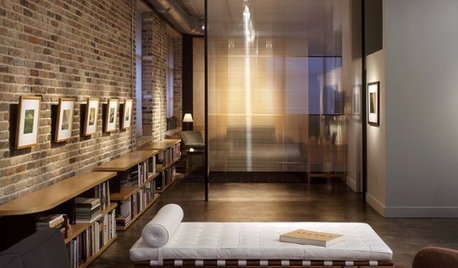
MATERIALSMaterials Workshop: Polycarbonate — a Low-Cost Alternative to Glass
Looking for something lighter, stronger and less expensive than glass? Multiwall polycarbonate may be a good option
Full Story
INSIDE HOUZZHow Much Does a Remodel Cost, and How Long Does It Take?
The 2016 Houzz & Home survey asked 120,000 Houzzers about their renovation projects. Here’s what they said
Full Story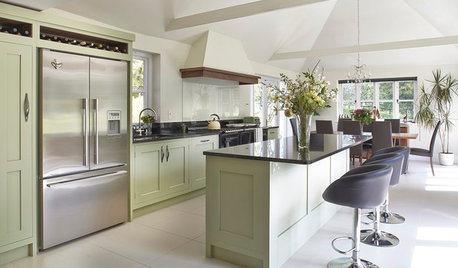
COLORBeyond White: With Tints, Everybody Wins
Light colors with just a trace of pigment add a subtle ambience. Here’s how to use tints to set a mood without darkening your space
Full Story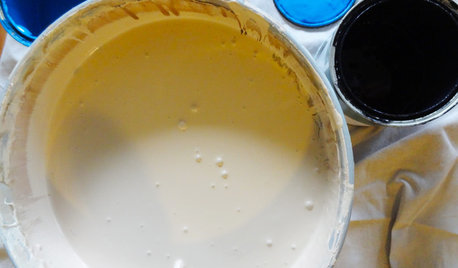
DIY PROJECTSTint Your Own Paint for New-Looking Walls
Dabbling in mixology means you can use up leftover paint and give your walls a custom look in one fell swoop
Full Story
REMODELING GUIDESBathroom Workbook: How Much Does a Bathroom Remodel Cost?
Learn what features to expect for $3,000 to $100,000-plus, to help you plan your bathroom remodel
Full Story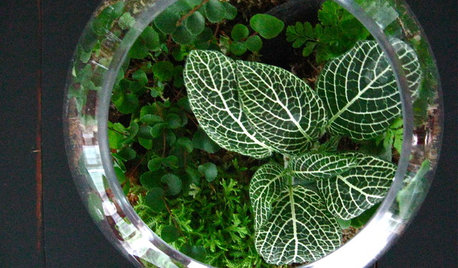
HOUSEPLANTSGardens Under Glass: How to Make Your Own Terrarium
Be the master of a mini ecosystem indoors — the low-maintenance, highly rewarding kind that fits any room
Full Story
WINDOW TREATMENTSEasy Green: 9 Low-Cost Ways to Insulate Windows and Doors
Block drafts to boost both warmth and energy savings with these inexpensive but effective insulating strategies
Full Story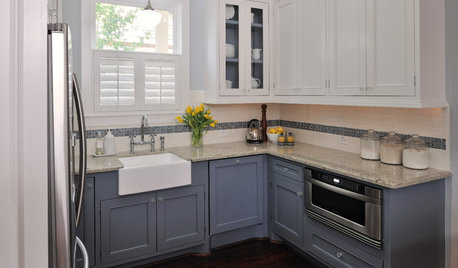
KITCHEN CABINETSKeeping Cabinet Color on the Down Low
Give just base cabinets a colorful coat for a kitchen sporting character and a spacious look
Full Story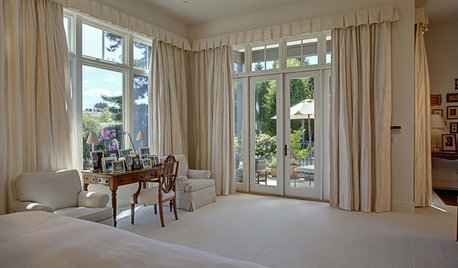
WINDOW TREATMENTSHow Low Should Your Drapes Go?
Hover, brush the floor or pool like Scarlett O'Hara's tears — we give you the lowdown on curtain length options
Full Story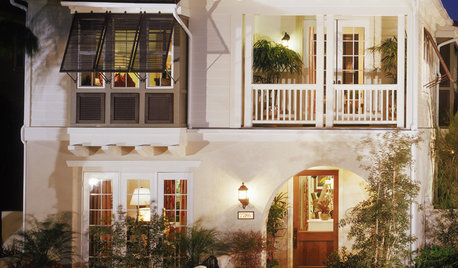
ARCHITECTURETime-Tested, Low-Tech Ways to Cool a Home
People have been beating the heat around the world for centuries without plugging anything in. Could these ideas work for your home today?
Full StoryMore Discussions










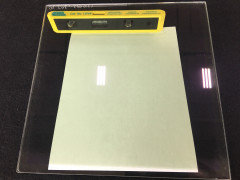
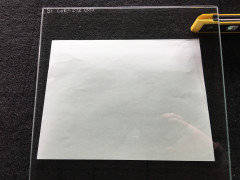

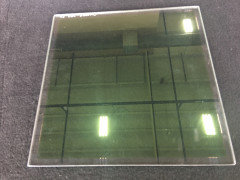
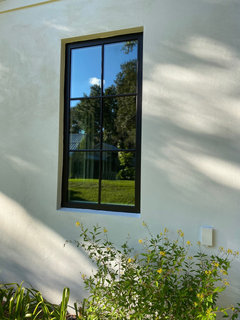

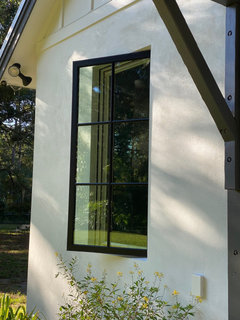
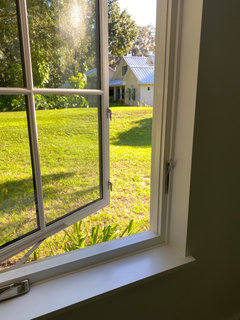


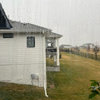
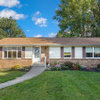
Windows on Washington Ltd